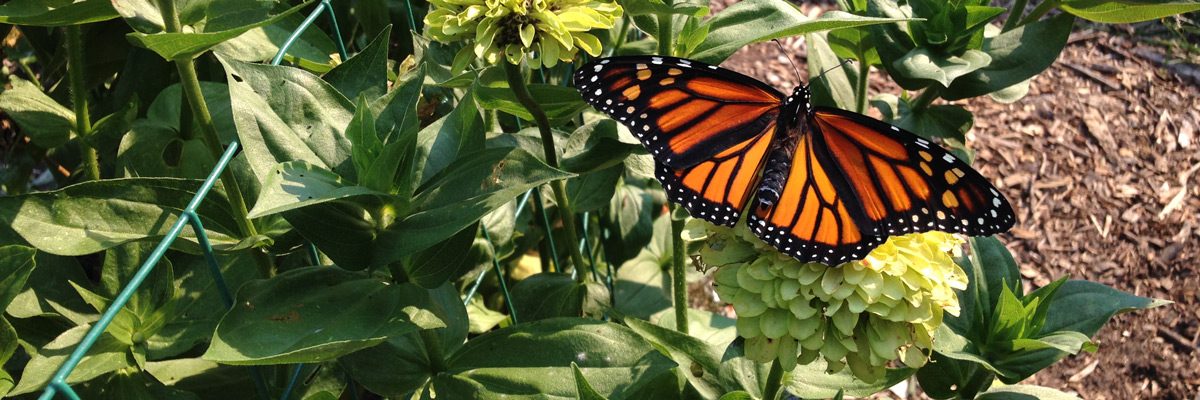The more things change the more they stay the same. This Blog for instance will change at the beginning of the year. I am going to seek full time employment after working on Community Energy Systems for 6 years. I do not really know what that means. It could mean as little as 1 post a week. In an emergency like Katrina or the Gulf Oil Spew it could mean daily for awhile. Today I leave you with something I have seen up close and personal, the ancient Bristle Cone Pine tree.
http://www.collectorsweekly.com/articles/oldest-living-tree-tells-all/
Read My Rings: The Oldest Living Tree Tells All
By Hunter Oatman-Stanford
n 1964, a geologist in the Nevada wilderness discovered the oldest living thing on earth, after he killed it. The young man was Donald Rusk Currey, a graduate student studying ice-age glaciology in Eastern Nevada; the tree he cut down was of the Pinus longaevaspecies, also known as the Great Basin bristlecone pine. Working on a grant from the National Science Foundation, Currey was compiling the ages of ancient bristlecone trees to develop a glacial timeline for the region.
“Bristlecones are slow-growing and conservative, not the grow-fast, die-young types.”
Currey’s ring count for this particular tree reached backward from the present, past the founding of the United States, the Great Crusades, and even the Greek and Roman Empires, to the time of the ancient Egyptians. Sheltered in an unremarkable grove near Wheeler Peak, the bristlecone he cut down was found to be nearly 5,000 years old, taking root only a few hundred years after human history was first recorded. How could a half-dead pine barely 20 feet tall outdo the skyscraper-height sequoias, commonly thought to be the oldest trees alive?
The longevity of Great Basin bristlecones was first recognized in the 1950s by Dr. Edward Schulman, who shocked a scientific community that believed in a correlation between long lifespan and great size. Schulman systematically sampled Great Basin bristlecones in California and Nevada, and published his findings in a 1958 National Geographic article, which revealed several of the trees to be more than 4,000 years old. Schulman’s analysis supported the idea that “adversity begets longevity,” or that the severe conditions in which the bristlecone pine evolved actually helped extend its lifespan.
:}
Go there and read. More tomorrow.
:}
